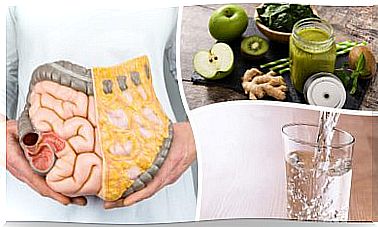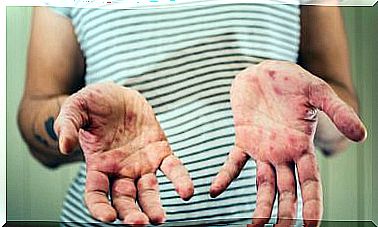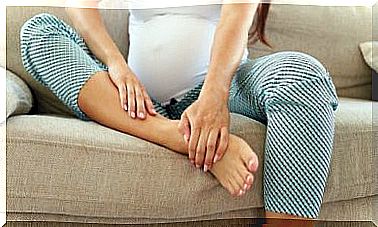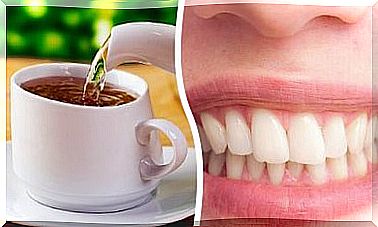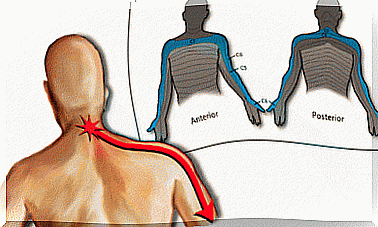6 Things About Menstrual Cramps That Every Woman Should Know
Menstrual cramps can occur several days before the period and its discomfort, which affects the whole body, does not disappear until 48 or 72 hours later.
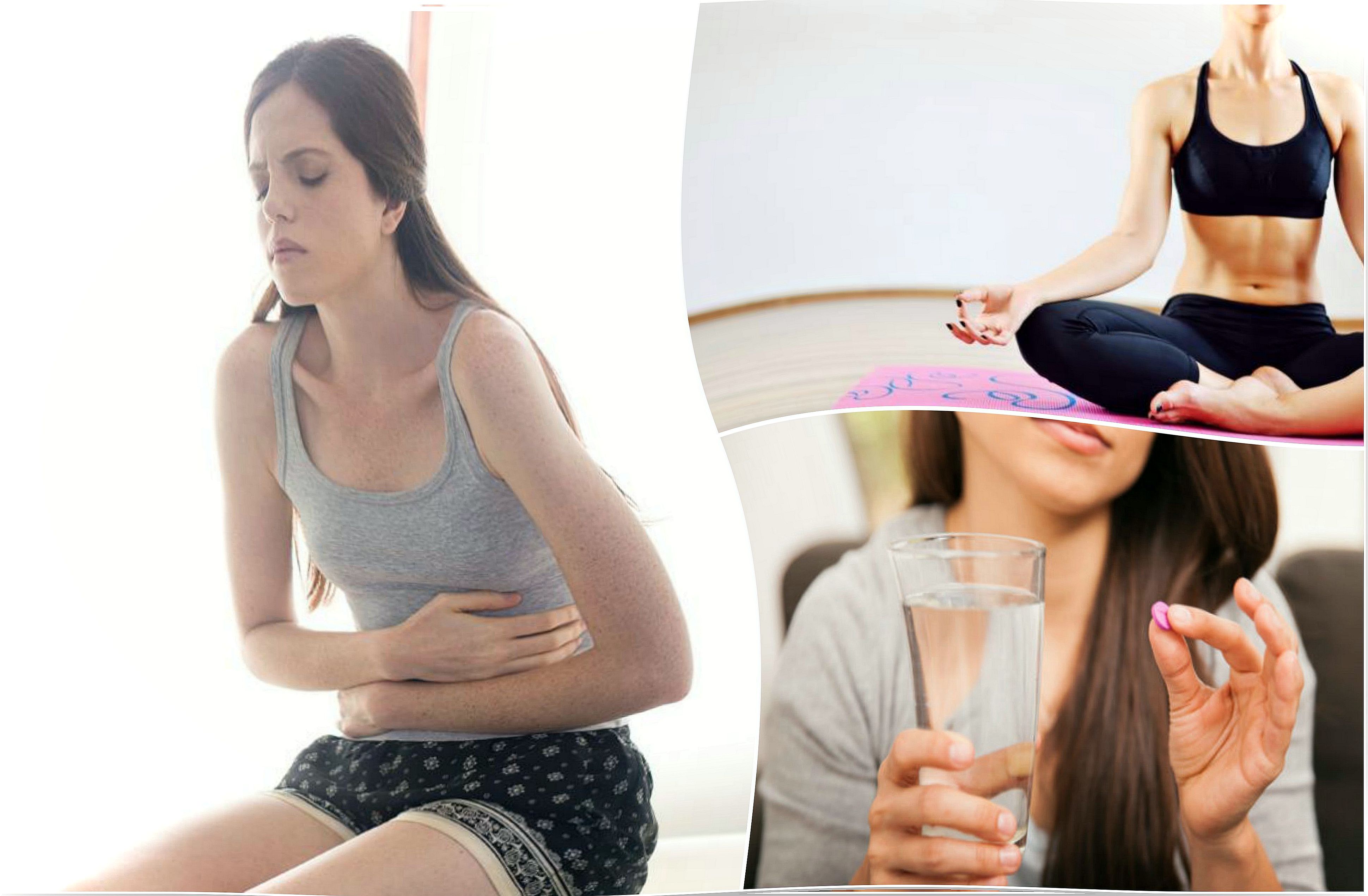
Menstrual cramps are one of the female ailments that often lead to disability and medical visits.
They can manifest in a mild or severe way and their appearance is associated with the hormonal activity that develops during the menstrual cycle.
They can be accompanied by physical discomfort throughout the body, in addition to lowering of mood, often with a tendency to depression.
These can interrupt daily tasks, not only because they occur severely, but because they last up to 48 hours.
However, to achieve an effective treatment, it is essential to know some important data that allow a better understanding of its development.
In the following space we share the main 6 so that you do not hesitate to take them into account.
1. Why does menstrual cramps occur?
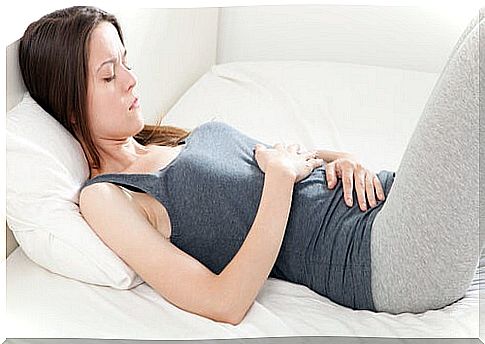
Menstrual cramps are caused by hormonal changes that occur in the uterus after the ovulation period is over.
The endometrium is prepared each month for a possible pregnancy and, when it does not occur, this lining swells and is subsequently replaced by a new one for the next menstrual cycle.
In this process, the levels of estrogens and progesterone fall in decline, which strongly influences the appearance of menstrual pain.
In addition, molecular compounds known as prostaglandins are also released, which generate muscle contractions in the uterus.
2. How often do menstrual cramps have?
This ailment is quite common in women and, in fact, more than half get to experience it occasionally.
After beginning the childbearing age, all women may have mild or severe colic, sporadically or recurrently.
Of those affected, 15% suffer from it on a recurring and chronic basis, and many say that it reduces their quality of life.
3. What are the symptoms of menstrual cramps?
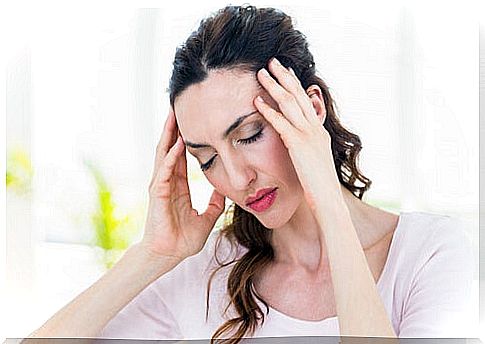
Menstrual cramps are characterized by severe pain in the lower abdomen and pelvis.
- The discomfort tends to spread to the back and legs, causing muscle heaviness.
- The pain may start a little before menstrual bleeding and last for a day or two after it occurs.
- There is noticeable abdominal swelling.
- Headaches and nausea are common.
- Digestive conditions such as constipation and diarrhea can also be suffered.
4. What external factors influence the appearance of these colic?
Although hormonal changes have a lot to do with the development of this ailment, there are some external factors that are associated with its severity and recurrence.
- Overweight and obese women are more likely to suffer from them, since they suffer more inflammatory imbalances.
- A sedentary lifestyle can contribute to more painful cramps, since it interferes with circulatory and hormonal health.
- Eating irritating or fatty foods before your period may also make your period worse.
- Eating too much salt increases fluid retention and, because of this, could influence this condition.
- Psychological factors such as emotional stress can increase the discomfort of this ailment on the days of the period.
5. What is the treatment for menstrual cramps?
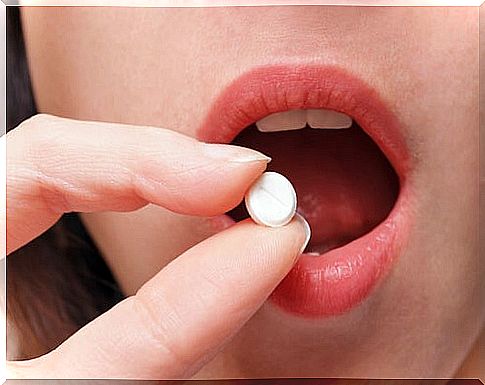
The treatment for this ailment may vary in each woman, since hormonal factors and the severity with which it occurs must be taken into account.
- In general, it is advisable to consume light foods, rich in anti-inflammatory compounds, which could reduce the risk of suffering them.
- The daily practice of exercise, especially cardiovascular, has a therapeutic and preventive effect against this ailment.
- Abdominal massages and relaxing therapies like yoga can also help.
- Over-the-counter medications such as paracetamol or ibuprofen can be used to relieve pain.
6. How is menstrual cramps diagnosed?
Professional medical tests are not usually needed to diagnose this condition.
- The affected woman can identify them by experiencing the symptoms that characterize them.
- After starting the menstrual period in adolescence , the ailment becomes typical and easy to detect.
- However, when the pain becomes more severe, it is important to consult a doctor because it can be associated with other health problems.
Remember that to improve it you must modify your lifestyle, especially in the days before your period.
Take into account all the data mentioned and try to find the best treatment for your case.
